The rise of 3D printing, also known as additive manufacturing, has revolutionized the way industries design and build components. While this technology allows for rapid prototyping and complex geometries, many 3D-printed parts—especially those made from metal—require additional processing for structural integrity and performance. This is where welding intersects with 3D printing. Welding techniques not only enhance the durability of additively manufactured components but also expand the possibilities for large-scale industrial applications.
The Intersection of Welding and Additive Manufacturing
Additive manufacturing builds objects layer by layer, but the process alone may not always achieve the necessary strength or surface quality for industrial use. Welding bridges the gap by:
- Fusing 3D-printed components with traditional metal parts.
- Repairing defects or imperfections in printed layers.
- Scaling up production by joining multiple smaller 3D-printed sections into one large structure.
This hybrid approach allows manufacturers to combine the design freedom of 3D printing with the proven strength of welded joints, making advanced fabrication more versatile and reliable.
Common Welding Techniques Used in 3D Printing
- Laser Welding
- Frequently used with metal powders and wire-fed additive processes.
- Provides high precision and minimal distortion, ideal for delicate 3D-printed structures.
- Frequently used with metal powders and wire-fed additive processes.
- Tungsten Inert Gas (TIG) Welding
- Used for joining 3D-printed parts to traditional metal components.
- Offers strong, clean welds suitable for aerospace and medical applications.
- Used for joining 3D-printed parts to traditional metal components.
- Metal Inert Gas (MIG) Welding
- Practical for larger 3D-printed structures where speed and efficiency matter.
- Common in automotive and heavy machinery industries.
- Practical for larger 3D-printed structures where speed and efficiency matter.
- Electron Beam Welding (EBW)
- Provides deep penetration welds in vacuum environments.
- Useful in aerospace and defense applications where precision is critical.
- Provides deep penetration welds in vacuum environments.
Benefits and Challenges of Welding in 3D Printed Structures
Benefits:
- Enhanced Strength: Welding reinforces printed structures, improving durability under stress.
- Design Flexibility: Enables combining printed parts with conventional metal components.
- Scalability: Makes it possible to join smaller parts into large assemblies.
- Repair Capabilities: Allows for correction of defects without reprinting the entire component.
Challenges:
- Material Compatibility: Differences between printed alloys and traditional metals can cause weld defects.
- Heat Management: Welding introduces thermal stress that may warp delicate printed layers.
- Inspection Requirements: Welded 3D parts often need additional testing (NDT, X-ray, ultrasonic) to ensure integrity.
- Cost: Advanced welding techniques like EBW and laser welding can be expensive to implement.
Industrial Applications of Welding in Metal 3D Printing
- Aerospace Industry
- Welding combines lightweight 3D-printed parts with traditional aerospace-grade alloys.
- Used in turbine components, satellite parts, and structural assemblies.
- Welding combines lightweight 3D-printed parts with traditional aerospace-grade alloys.
- Automotive Manufacturing
- Custom brackets, tooling, and prototypes are welded into larger assemblies.
- Enables cost-efficient low-volume production of specialty parts.
- Custom brackets, tooling, and prototypes are welded into larger assemblies.
- Medical Devices
- Orthopedic implants and surgical tools benefit from welding for improved reliability and precision.
- Orthopedic implants and surgical tools benefit from welding for improved reliability and precision.
- Energy and Power Generation
- Turbine blades, heat exchangers, and custom repair parts are often hybrid manufactured with both 3D printing and welding.
- Turbine blades, heat exchangers, and custom repair parts are often hybrid manufactured with both 3D printing and welding.
- Defense and Industrial Equipment
- Welding supports large-scale production of durable, mission-critical parts where additive alone is not sufficient.
- Welding supports large-scale production of durable, mission-critical parts where additive alone is not sufficient.
Conclusion
As 3D printing in metal manufacturing continues to evolve, welding has become an essential partner in the process. By strengthening, joining, and refining 3D-printed structures, welding ensures that additive manufacturing can meet the rigorous demands of aerospace, automotive, medical, and energy industries.
The future of manufacturing lies not in choosing between additive or traditional methods, but in combining them. Welding in 3D printing applications represents the perfect example of this synergy—unlocking innovation while ensuring reliability.

